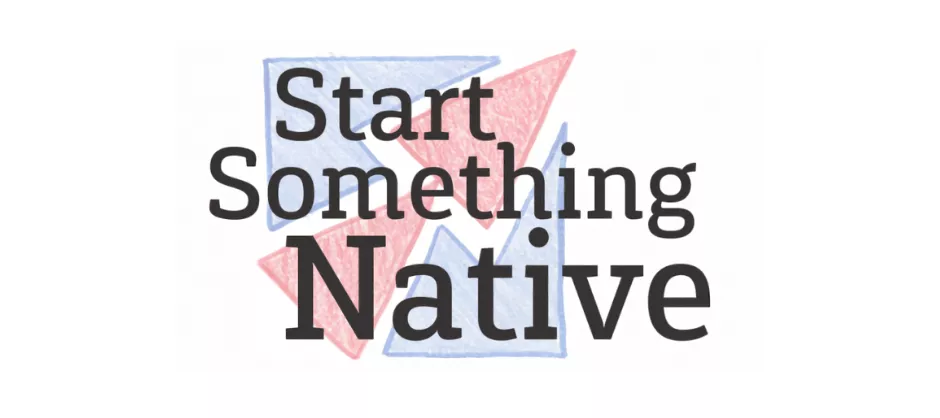
What is a Native Land Acknowledgement?
InterVarsity has been practicing native land acknowledgements at national, regional, and local campus events that honors both God and the original people of the land. Consider implementing this practice on campus, at a conference, or at any ministry event. Another possibility is to have a special prayer at times when the past comes up, such as Columbus Day/Indigenous Peoples’ Day.
Why?
"...and he [God the Creator] made from one man every nation of mankind to live on all the face of the earth, having determined allotted periods and the boundaries of their dwelling place, that they should seek God...” Acts 17:26, 27 ESV
Many Native tribes among us also believe these words, have long sensed the benevolent hand of the Creator in their dwelling place -- their homelands, and have sought him, just as Paul says. Their connection to the land, as in Old Testament times, is spiritual and not just circumstantial. Many of these same tribes did not experience peaceful interactions with the waves of mostly European immigrants that ultimately displaced them. It is sobering to think that the violence, the broken treaties, etc. may well be sins – not just against those people – but against the God who established them here. Our God.
When sin occurs, both parties (sinners and the ones sinned against) need God’s healing. As a country, we have realized that the sin of slavery has long-reaching consequences for everyone; similarly, we are beginning to see that sins against Native people matter, too. The winners still benefit, the losers still suffer, and the causes of it all in our hearts have not gone away. A good place to start moving into God’s grace is by seeing and honoring Native people, especially those whose land we are on. We can do that, following cues from Native traditions, by adopting the use of these prayers.
Sample Prayer
Here is an example from an IV conference in Anaheim, CA. Feel free to customize this for your land/context/situation. There are some tips at the end that can help you.
Leader’s Introduction: As we continue to get settled in and prepare for what God has for us this week, we’d like to take a moment to recognize and remember the Native brothers and sisters who are the first peoples of these lands. The Tongva people have inhabited Southern California for over three thousand years. We’d like to honor them, thank God for them, and pray for them. Would you stand and join us in this responsive prayer?
Leader: Creator God, thank you for the Tongva people.
PEOPLE: We recognize that it is a good gift that we can come and meet on their lands.
Leader: Forgive us, those of us who are immigrants to and settlers in this country, for so often forgetting that we are guests of the First Nations people of North America.
PEOPLE: Please help us to live on these lands with respect.
Leader: We pray for the Tongva people today.
PEOPLE: Creator, hear our prayers.
Leader: May they have unity in their tribe.
PEOPLE: Creator, hear our prayers.
Leader: May their remaining sacred lands be honored and protected.
PEOPLE: Creator, hear our prayers.
Leader: May you bless their efforts to revitalize their language and their culture.
PEOPLE: Creator, hear our prayers.
Leader: May we and all the people who live in and visit these lands remember that we are guests.
PEOPLE: Creator, hear our prayers.
Leader: May all the Tongva people know that they are loved by a good and powerful Creator.
PEOPLE: Creator, hear our prayers.
TOGETHER: Creator of every tribe, nation, and tongue, may you richly bless the Tongva people. Amen.
Leader Tips
Do Some Research
While Native names, lands, and peoples are all around us, we are typically not accustomed to being aware of them. This is complicated by the fact that original meanings for names were translated badly or lost, inhabitants may be gone or were moved, and those Natives currently in the area may be from elsewhere. Doing a good job of the this will take a little study. A good place to start is to check out an internet resource like http://native-languages.org/states or https://native-land.ca to find out who was originally on the land where your campus settled, then browse Wikipedia or tribal sites for more details. Customize the shaded areas above.
Next Steps
Develop relationships with Native people on your campus and in your area! The best way to do this is with a Native elder or representative present to welcome people. Get some advice on starting a Native Bible study at the site above or by contacting native@intervarsity.org. There is a growing list of resources available at https://native.intervarsity.org.
